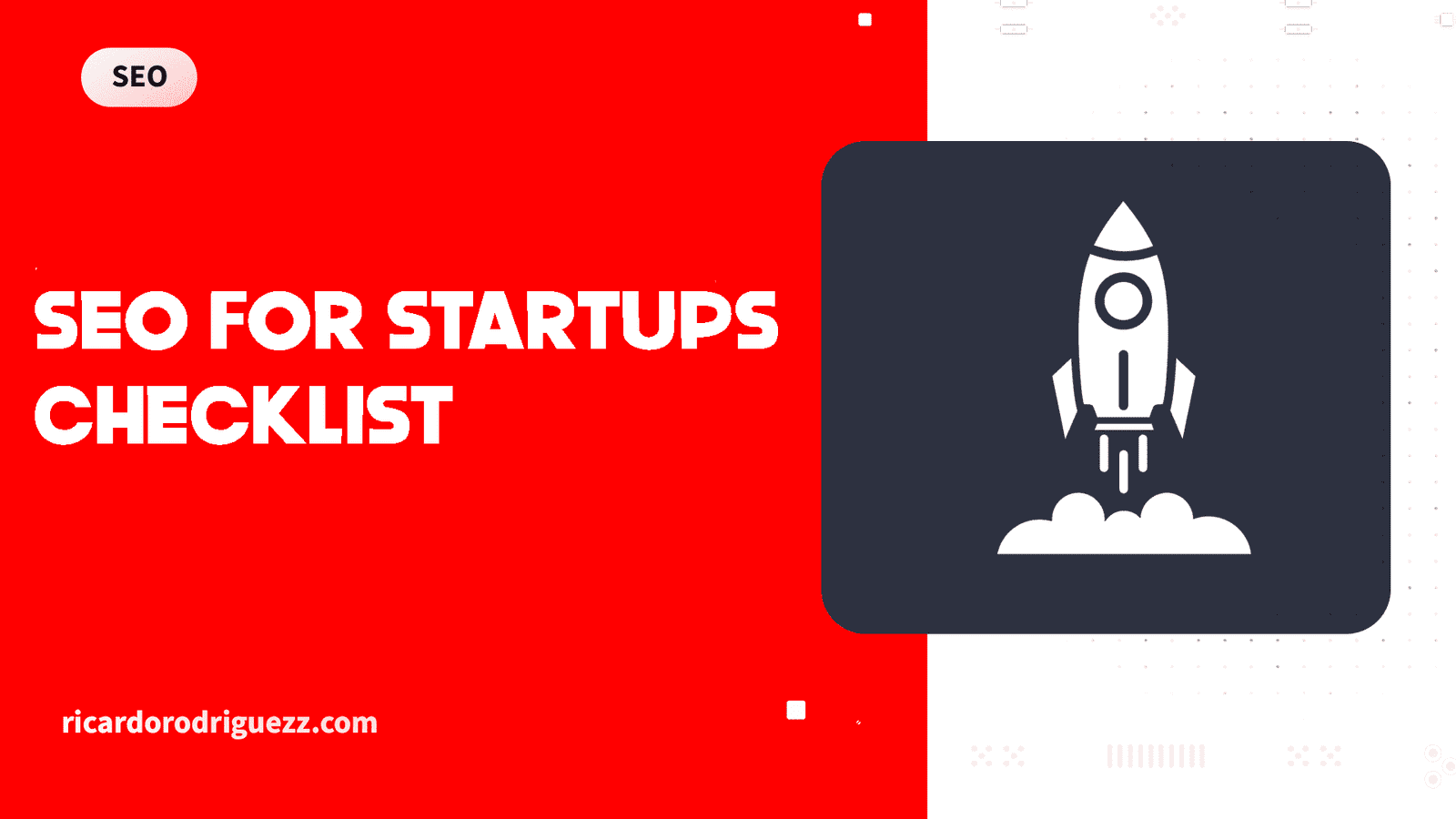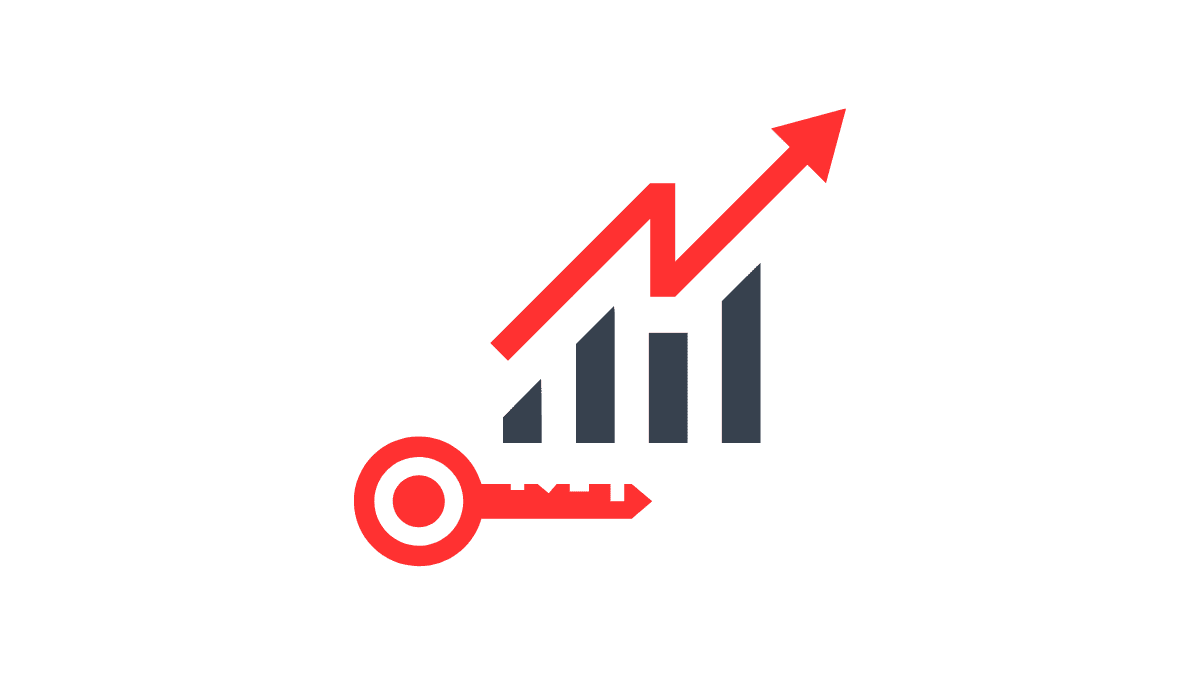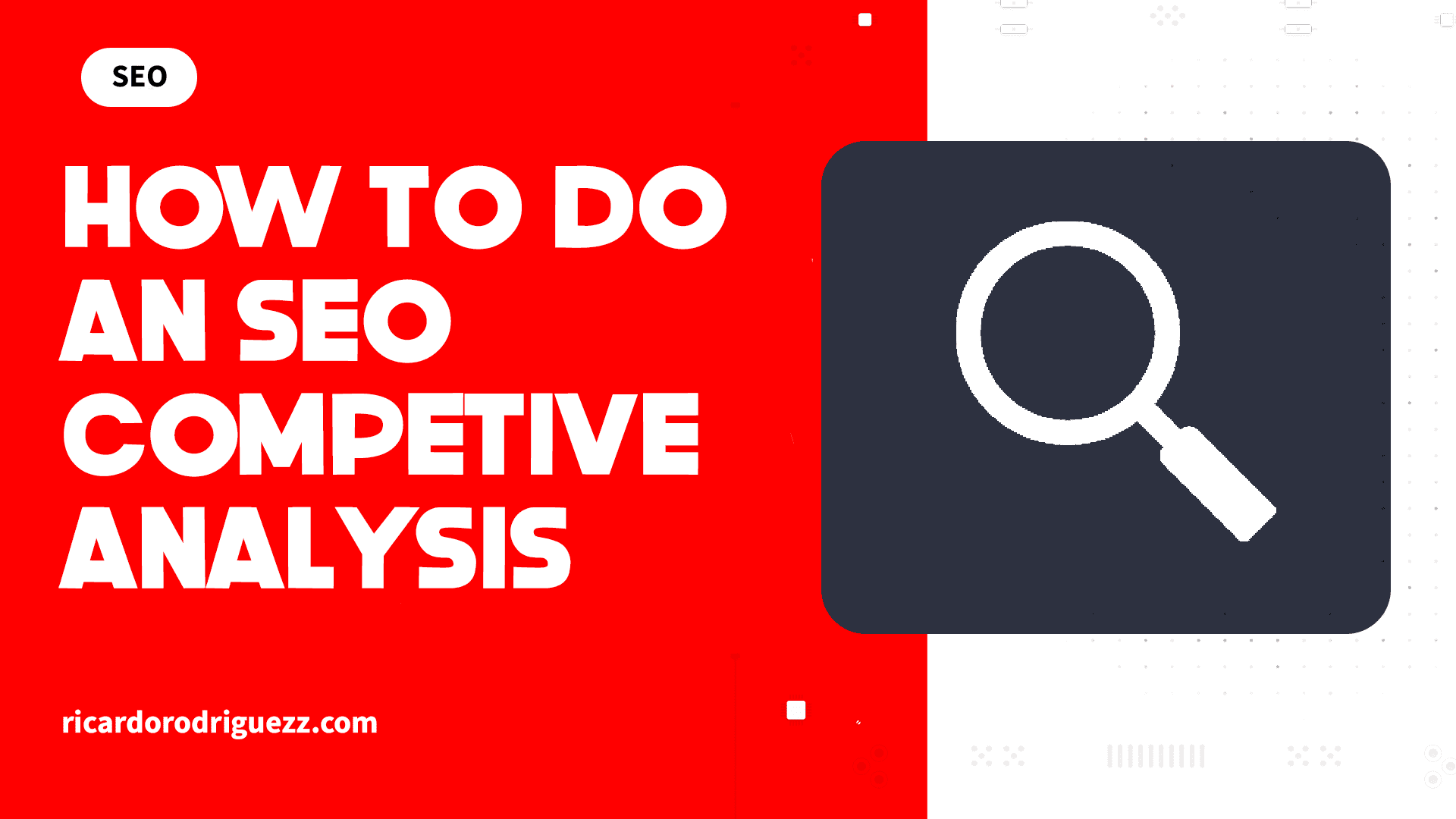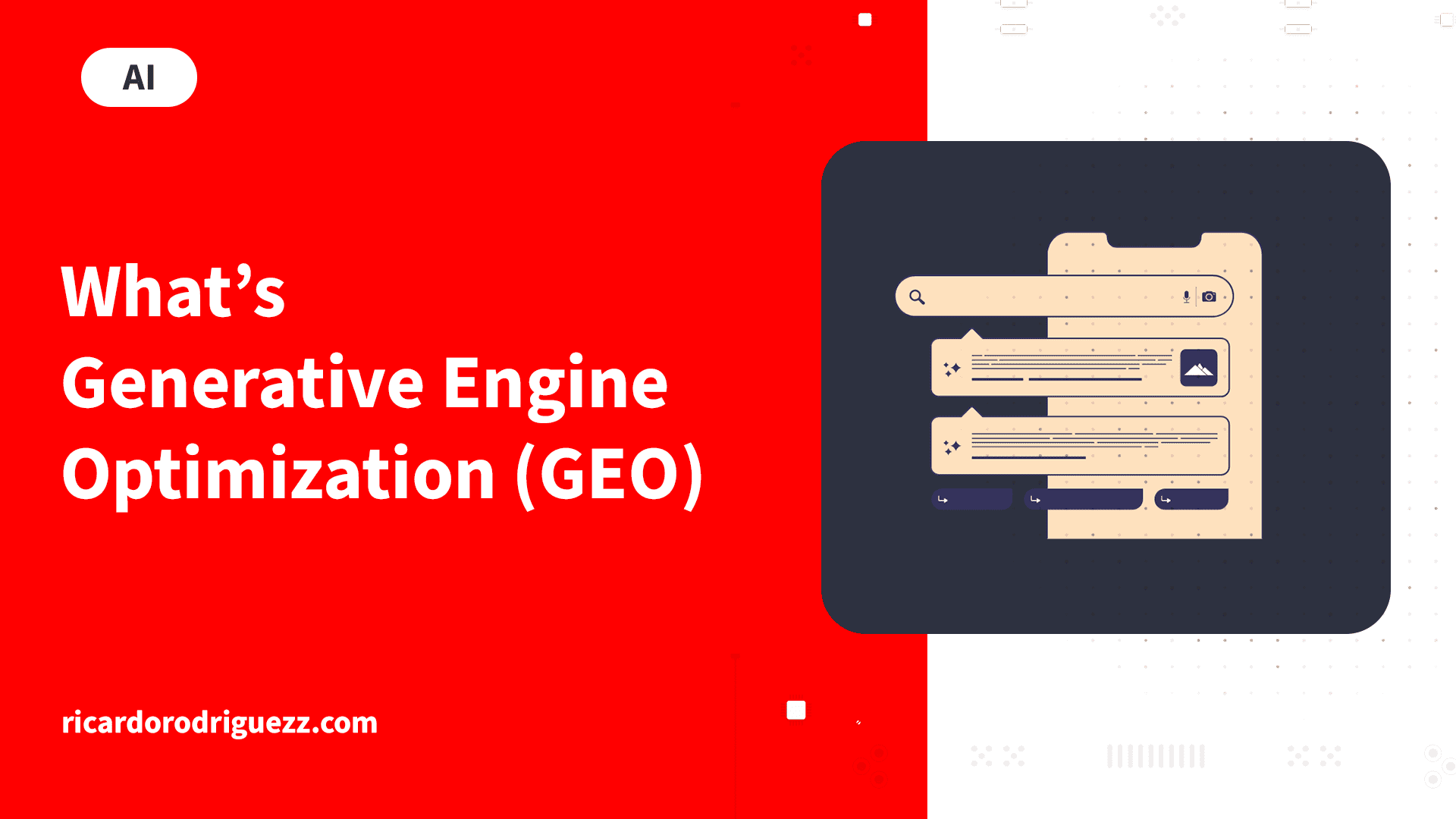Most startups burn through their runway chasing paid ads that stop working the moment the budget runs out. SEO builds a different kind of asset, one that generates qualified leads months and years after your initial investment.
The challenge is knowing where to start when you’re competing against established brands with years of domain authority. This guide walks through the exact checklist successful startups use to achieve their first rankings, from technical foundation to content strategy to metrics that prove traction to investors.
What Is Startup SEO and Why It Matters
Startup SEO involves creating a technical foundation, conducting keyword research, and producing content that attracts organic traffic from search engines. Unlike established companies with existing domain authority, startups begin with zero search visibility and face the challenge of building credibility from the ground up.
The value proposition is straightforward: SEO delivers cost-effective traffic without the recurring expense of paid advertising. While Facebook ads or Google Ads stop generating traffic the moment you stop paying, organic rankings continue driving visitors month after month. This creates a compounding effect where your initial investment grows in value over time.
Beyond cost savings, higher search rankings build trust with potential customers. Research shows that 75% of users never scroll past the first page of search results. For startups competing against established brands, this credibility becomes a powerful differentiator that levels the playing field.
A single well-optimized article can generate qualified leads for years, while a social media post disappears from feeds within days. This sustainability makes SEO particularly valuable for startups operating on limited budgets with long runway requirements.
Mindset Shifts Before You Start SEO
SEO is not a growth hack or magic formula that delivers overnight results. The startups that succeed with SEO approach it as a strategic investment with a 6-12 month timeline before seeing significant traction.
Data-driven decision making matters more than gut feelings or vanity metrics like total page views. Ranking for your brand name counts as visibility, but what actually drives business outcomes is ranking for terms your customers search before they know your company exists. The metrics that connect directly to revenue include organic traffic from commercial keywords, conversion rates from organic visitors, and customer acquisition cost compared to paid channels.
Patience combined with consistent execution beats sporadic bursts of activity. Publishing one article per week for six months outperforms publishing ten articles in one week then going silent for months. The difference lies in how search engines interpret regular content updates as a signal of site quality and relevance.
Common Myths and Mistakes That Kill Early Momentum
Many startup founders believe targeting high-volume keywords guarantees success, but this approach typically backfires. A keyword with 10,000 monthly searches and competition from established sites like Forbes or HubSpot will generate zero traffic for a new domain. Meanwhile, ten keywords with 100 monthly searches each and lower competition can drive 1,000 qualified visitors within months.
The myth that SEO doesn’t work for new businesses persists despite countless counterexamples. While new domains face challenges, Google evaluates content quality and relevance more than domain age. A startup with superior content targeting the right keywords can outrank older competitors who haven’t updated their content in years. Running an SEO competitive analysis helps identify these opportunities where newer companies can outperform established players.
Another fatal mistake is the “set and forget” content publishing approach. Creating content without optimization, promotion, or performance tracking wastes resources and generates minimal results. Every piece of content requires deliberate keyword targeting, proper on-page optimization, and ongoing performance monitoring to achieve rankings.
Common technical oversights:
- Mobile optimization: Ignoring mobile design when 60% of searches happen on mobile devices undermines every other SEO effort
- Page speed: Accepting load speeds above three seconds increases bounce rates and lowers rankings
- Crawlability issues: Blocking search engines from accessing key pages prevents indexing entirely
Launch Checklist: 10 Steps to Rank Fast
1. Set a Single North-Star SEO Goal
Define one specific, measurable objective that aligns with your business model and investor metrics. For a B2B SaaS startup, this might be “generate 50 qualified demo requests per month from organic search within 12 months.” For an e-commerce startup, it could be “drive $10,000 in monthly revenue from organic traffic.”
This singular focus prevents the common trap of spreading resources across too many objectives. You’ll make better decisions about keyword targeting, content priorities, and resource allocation when every choice connects back to your north-star goal.
2. Validate Keywords for Startup Product Fit
Research long-tail keywords that match both commercial intent and your product’s value proposition. A project management tool startup targeting “project management software” faces impossible competition, but “project management software for remote design teams” offers a realistic entry point.
Use Google Keyword Planner to identify search volume and competition levels, but don’t let volume alone drive decisions. A keyword with 50 monthly searches and high purchase intent beats a keyword with 5,000 monthly searches and zero commercial intent. Look for terms where searchers are actively seeking solutions, not just information. Learn more about how to do keyword research for SEO to identify these high-converting opportunities.
The difference between informational and commercial intent determines whether traffic converts into customers. Someone searching “what is project management” is researching concepts, while someone searching “best project management tool for agencies” is evaluating purchase options.
3. Map Site Structure Around Search Intent
Organize your website pages to match the customer journey from awareness to decision. Create separate sections for educational content like blog posts addressing pain points, solution-focused content like product pages and use cases, and conversion-focused content like pricing and comparison pages.
Structure your URLs to reflect this hierarchy logically. A clear URL like /solutions/remote-team-collaboration communicates more to both users and search engines than /page-47 or /product?id=remote. This clarity improves crawlability and helps Google understand which pages target which topics.
Internal linking between related pages strengthens topical authority by showing search engines how your content connects. When you publish an article about email marketing automation, link to your product page for marketing automation software and other related articles about email segmentation or campaign analytics.
4. Fix Crawlability and Core Web Vitals
Ensure Google can access and understand your entire website by submitting an XML sitemap through Google Search Console. This sitemap acts as a roadmap, telling search engines which pages exist and how they connect. Without it, search engines might miss important pages entirely.
Page speed directly impacts rankings and user experience. Test your site with PageSpeed Insights and aim for load times under three seconds on mobile devices. Common fixes include compressing images, enabling browser caching, and minimizing JavaScript that blocks page rendering.
Technical foundation checklist:
- Mobile-responsive design that adapts to all screen sizes
- HTTPS security certificate installed
- XML sitemap submitted to Google Search Console
- Robots.txt file configured to allow crawling of important pages
- Broken links identified and fixed
5. Optimize Core Pages for Startup SEO Wins
Write title tags that include your target keyword within the first 60 characters while remaining compelling to human readers. A title like “Project Management Software for Remote Teams | [Your Brand]” balances optimization with clarity. The title tag appears as the blue clickable link in search results, making it your first opportunity to attract clicks.
Meta descriptions don’t directly impact rankings, but they influence click-through rates from search results. Craft descriptions that summarize your page’s value proposition in under 155 characters, incorporating your target keyword naturally. Think of the meta description as ad copy that convinces searchers your page contains the answer they’re looking for.
Header tags (H1, H2, H3) structure your content for both readers and search engines. Your H1 functions as the page’s main headline and communicates the primary topic, while H2 and H3 headers break content into scannable sections that address specific subtopics.
6. Publish Topical Authority Content Weekly
Create content that addresses your target audience’s pain points, questions, and decision-making process. A marketing automation startup might publish articles like “How to Score Leads Without a Data Scientist” or “Marketing Automation for Teams Under 10 People.” Each piece targets a specific keyword while providing genuine value to readers.
Consistency matters more than perfection. Publishing one well-researched, optimized article every week builds more authority than publishing ten mediocre articles in one month then going silent. This regular cadence signals to Google that your site actively maintains and updates its content.
Plan your content calendar around keyword clusters, which are groups of related keywords that support a central topic. If your main keyword is “email marketing for e-commerce,” supporting articles might cover “e-commerce welcome email sequences,” “cart abandonment email templates,” and “email segmentation for online stores.” This clustering approach builds topical authority faster than publishing random, unrelated articles.
Quality beats quantity during the startup phase. Three deeply researched, well-optimized articles per month outperform ten shallow pieces that duplicate existing content. Focus on creating resources comprehensive enough that they become the best result for your target keywords. Understanding how to write SEO content that ranks and converts is essential for maximizing the ROI of every article you publish.
7. Earn Links From Niche-Relevant Startup Communities
Focus backlink efforts on quality over quantity by targeting websites in your specific industry or niche. A single link from a respected industry publication carries more weight than ten links from generic business directories. Google evaluates both the authority of linking sites and their relevance to your topic.
Guest posting on industry blogs that your target customers read provides value to both parties. You gain a backlink and exposure to a relevant audience, while the host site receives quality content. The key is pitching topics that genuinely interest their readers, not just promotional content about your product.
Getting listed in startup directories like Product Hunt, BetaList, and AngelList helps build initial backlinks while increasing visibility among early adopters. Contributing expert quotes to journalists through platforms like HARO (Help a Reporter Out) can earn links from major publications when your insights get featured in articles.
Local SEO tactics like claiming your Google Business Profile and building citations in local directories help if you serve specific geographic markets. Even if you operate nationally, local signals contribute to overall domain authority and provide easier ranking opportunities than purely national keywords.
Discover proven strategies for how to get backlinks that genuinely improve your domain authority and rankings.
8. Leverage Product Data for Programmatic SEO
Use your existing product or service data to create scalable content pages automatically. A recruiting platform might generate individual pages for “Software Engineer Jobs in [City]” for hundreds of cities, while a real estate startup could create neighborhood guides for every area they serve.
This approach works when you have structured data like locations, product categories, or features that users actually search for. The key is ensuring each generated page provides unique value beyond just swapping out the city name or product category. Add local statistics, unique descriptions, or curated listings that make each page genuinely useful.
Programmatic SEO accelerates content production once you’ve validated the template and keyword pattern. However, starting with 5-10 manually created pages helps you test whether the format resonates with users and ranks before scaling to hundreds of pages.
9. Track KPIs in a Lean SEO Dashboard
Monitor four core metrics in Google Search Console and Google Analytics: organic traffic growth, keyword ranking positions, conversion rate from organic visitors, and pages per session. These metrics tell you whether your SEO efforts are driving business results, not just vanity metrics.
Set up simple tracking that takes less than 15 minutes per week to review. Google Search Console provides enough data to make informed decisions about what’s working and what needs adjustment. You’ll see which queries drive traffic, which pages rank highest, and where technical issues might be blocking progress. With the rise of AI search engines, you should also learn how to track AI traffic in GA4 to understand all your organic traffic sources.
Compare performance month-over-month rather than day-to-day, since SEO results compound gradually. A 10% increase in organic traffic each month might seem small, but it results in 3x traffic within a year through compounding growth.
10. Refresh and Promote Content Monthly
Update your existing content with new information, examples, and data every 3-6 months. Google favors fresh, current content, and a simple update to an article from six months ago can trigger renewed rankings and traffic. Add new sections addressing recent developments, update statistics, or expand explanations based on reader questions.
Promotion extends your content’s reach beyond organic search. Share optimized articles in relevant online communities, email newsletters, and social channels where your target audience gathers. While these channels might not directly impact rankings, the traffic and engagement signals they generate can indirectly boost SEO performance.
Metrics That Prove Traction to Investors
Focus on metrics that demonstrate SEO’s impact on business outcomes rather than just traffic numbers. Organic traffic growth shows your visibility is improving, but qualified lead generation proves that traffic converts into potential customers who fit your ideal customer profile.
Track customer acquisition cost (CAC) from organic channels separately from paid channels. Most startups discover that organic CAC drops significantly over time as content compounds, while paid CAC remains constant or increases. This improving unit economics story resonates with investors evaluating long-term sustainability.
| Metric | Why It Matters | Tracking Tool |
|---|---|---|
| Organic Traffic | Shows content effectiveness and visibility growth | Google Analytics |
| Keyword Rankings | Demonstrates competitive positioning for target terms | Google Search Console |
| Organic Conversion Rate | Proves traffic quality and business impact | Google Analytics + CRM |
| Customer Acquisition Cost | Compares SEO efficiency to other channels | Analytics + Financial Data |
Domain authority improvements signal that your backlink strategy is working. While not a Google ranking factor directly, domain authority correlates strongly with ranking ability and provides a benchmark against competitors in your space.
When to DIY and When to Hire a Search Engine Optimization Startup Specialist
DIY SEO makes sense when you have limited budget, a relatively simple website, and time to learn the fundamentals. Many successful startups begin with founder-led SEO, using free tools and investing sweat equity instead of cash. This approach works particularly well for content-focused strategies where the main investment is time rather than technical implementation.
However, several indicators suggest it’s time to bring in expertise. If you’ve been publishing content for six months with minimal traffic growth, you likely have technical issues or strategic misalignment that an expert can diagnose quickly. When scaling content production beyond 2-3 articles per week, professional help ensures quality and optimization consistency across all pieces.
Hiring indicators:
- Technical blocks: Site speed, crawlability, or indexing problems that prevent progress
- Scale requirements: Content production needs exceed your team’s capacity
- Competitive gaps: Analysis reveals opportunities you don’t know how to address
- Funding preparation: You’re preparing for a round and need demonstrable traction
The right specialist provides strategic guidance, implements technical improvements, and accelerates results while you focus on product development and customer acquisition. Working with a fractional SEO consultant gives you access to senior expertise without the cost of a full-time hire. You can also start by booking a strategy call to identify your biggest opportunities and technical issues.
Next Actions to Compound Growth
Prioritize technical foundation first by fixing crawlability issues, optimizing page speed, and ensuring mobile responsiveness before investing heavily in content creation. A strong technical foundation ensures that every piece of content you create has the best chance of ranking and converting visitors.
Then shift focus to consistent content creation targeting your validated keywords. One optimized article per week, published consistently for six months, generates more results than sporadic bursts of activity. After establishing this content rhythm, layer in link building efforts to amplify your content’s ranking potential.
The compounding nature of SEO means your efforts today generate returns for months and years ahead. A startup that begins SEO at launch builds a significant competitive advantage by the time they reach Series A, while startups that delay often struggle to catch up with organic channels that take time to mature.
For SaaS startups specifically, check out our comprehensive guide on SEO for SaaS startups to understand the unique challenges and opportunities in this space.
FAQs About Startup SEO
How much budget for a seed-stage startup to allocate to SEO?
Most successful startups invest 10-20% of their marketing budget in SEO activities, focusing primarily on content creation and basic tools rather than expensive software subscriptions. A realistic starting budget ranges from $2,000-5,000 monthly, covering freelance content writers, basic SEO tools, and occasional technical consulting.
How long before a new domain sees first-page rankings?
New domains typically begin seeing initial rankings within three to six months of consistent optimization efforts, with significant traction developing after 9-12 months of sustained content publishing and link building. However, long-tail keywords with lower competition often rank faster, sometimes within 4-8 weeks.
Which free SEO tools cover most startup needs?
Google Search Console, Google Analytics, and Google Keyword Planner provide essential functionality for keyword research, performance tracking, and technical issue identification without subscription costs. These three tools cover approximately 80% of what early-stage startups need to execute effective SEO strategies.
You can also explore our collection of free SEO tools including meta tag checkers and URL redirect analyzers to complement your SEO toolkit.
Can startups focus on local SEO before expanding nationally?
Local SEO provides faster results and higher conversion rates for location-based businesses, making it an ideal starting point before investing resources in broader national targeting strategies. Even service businesses that operate nationally benefit from establishing local authority in their headquarters city before expanding geographically.







